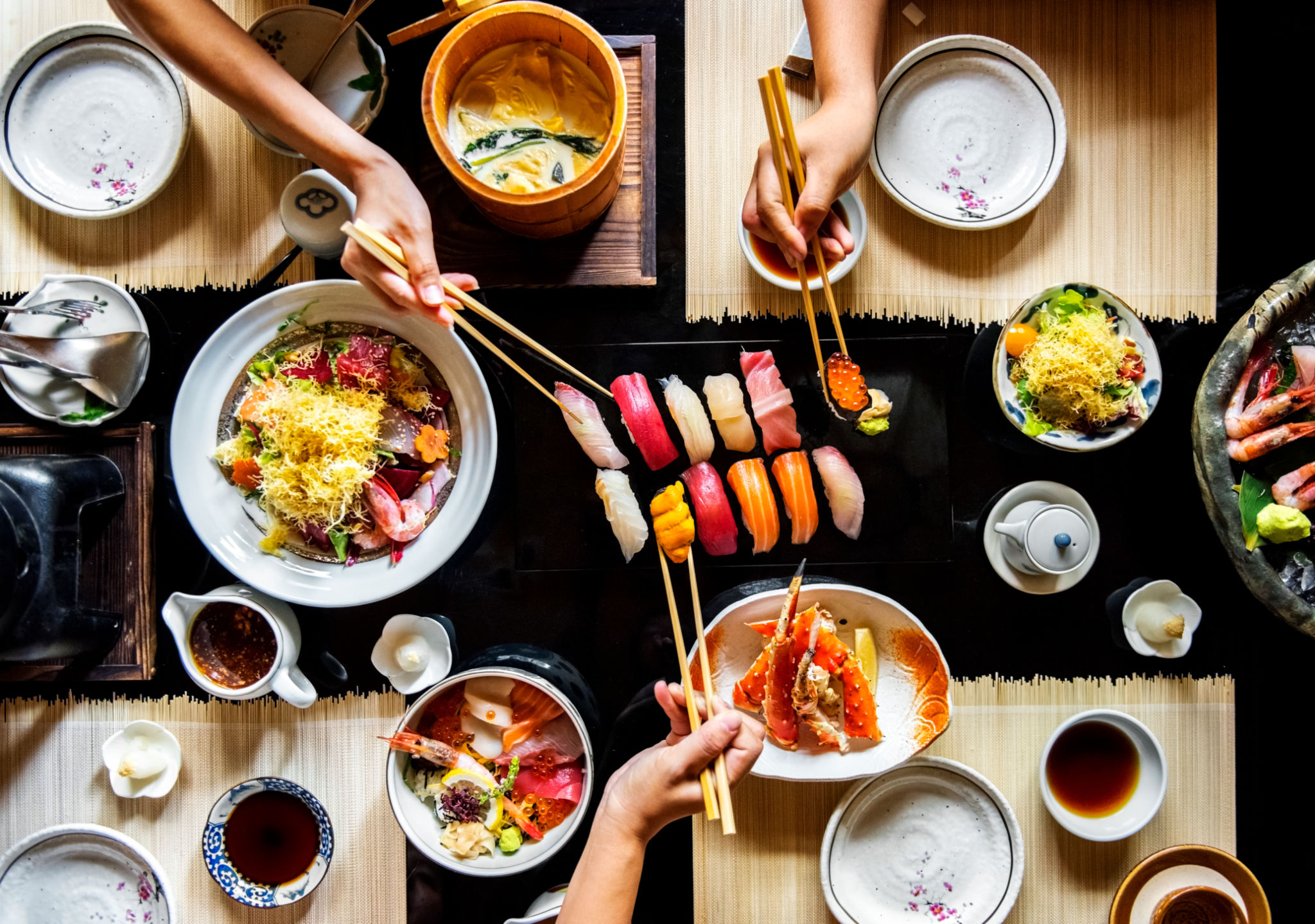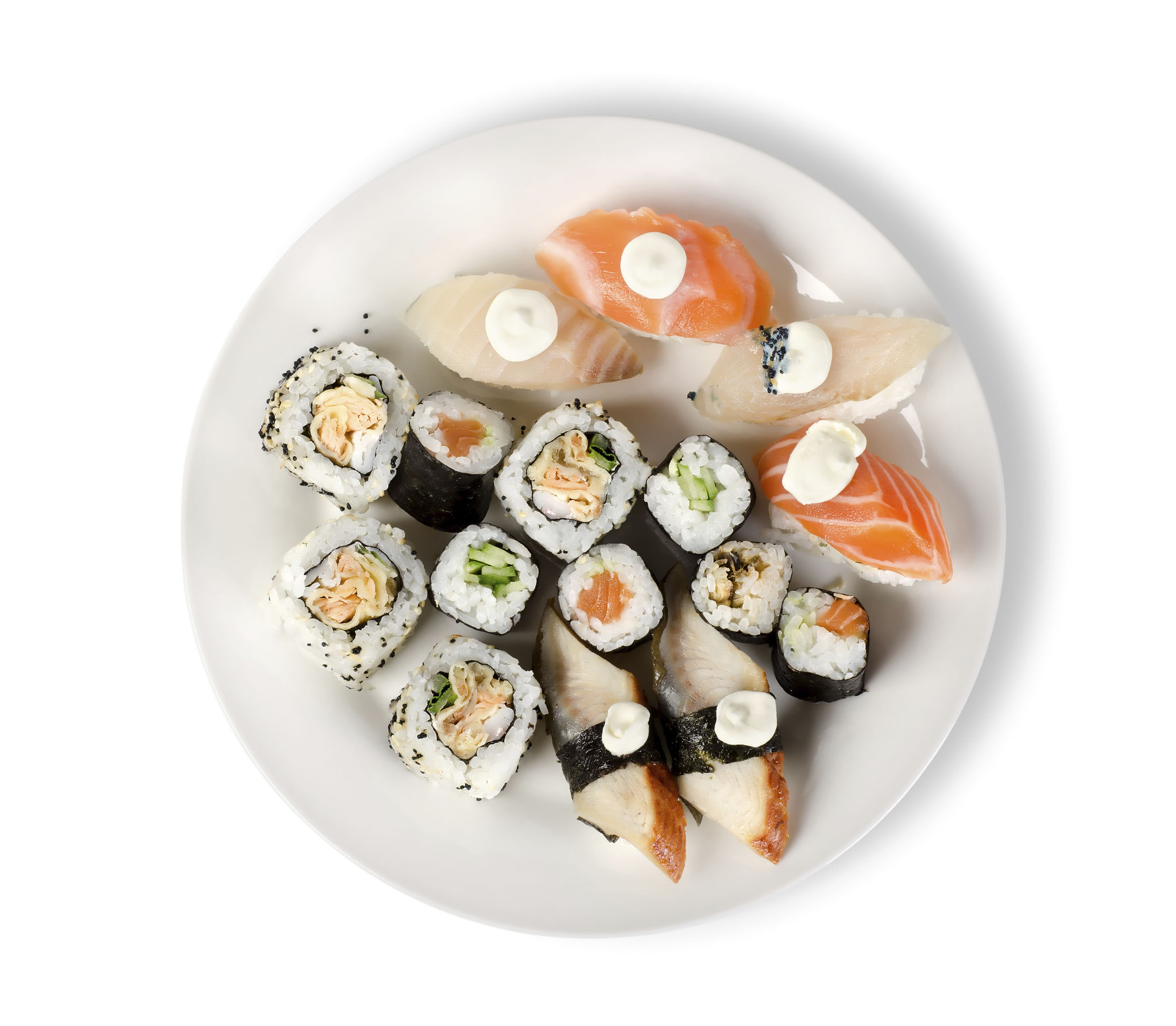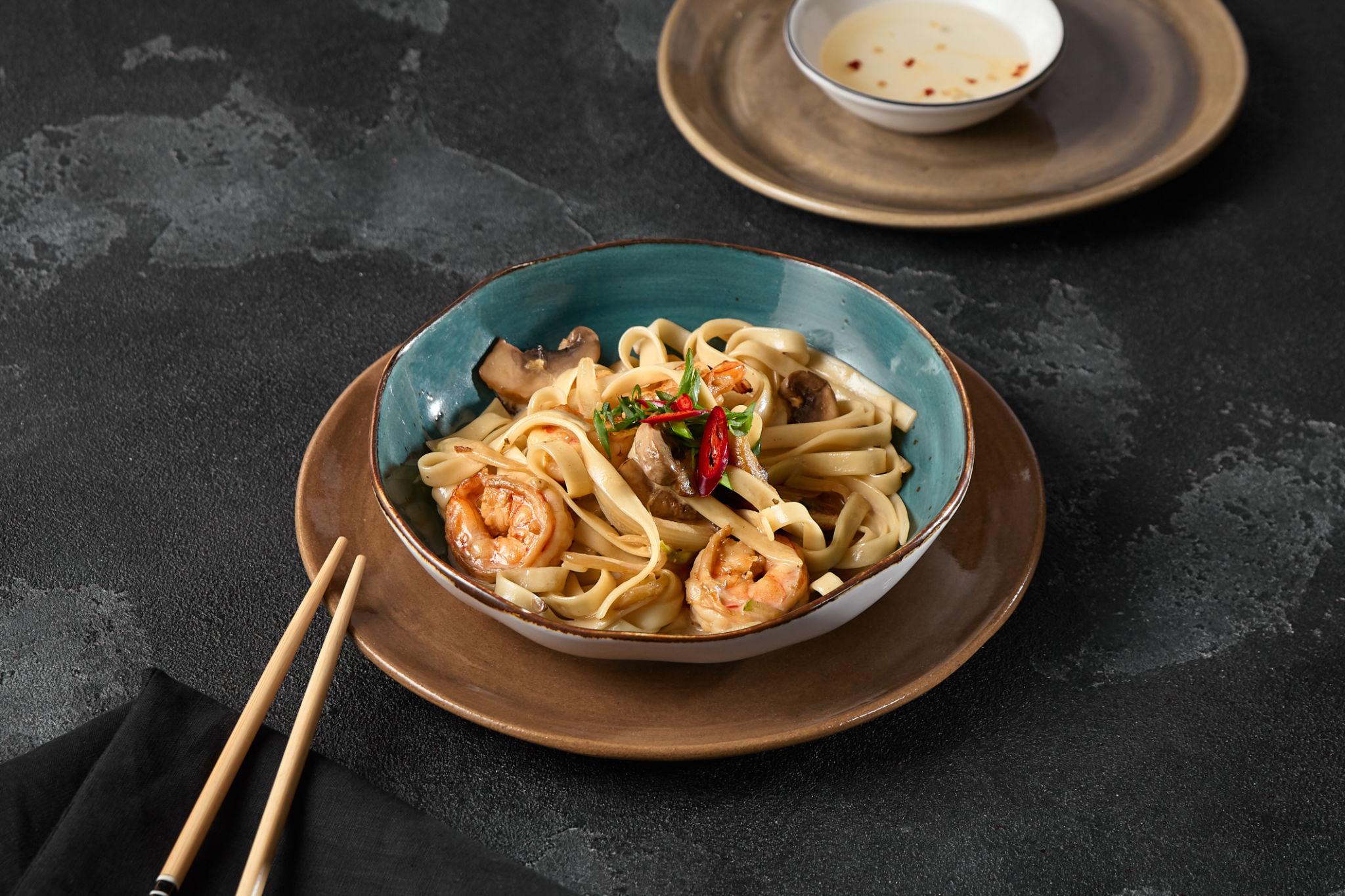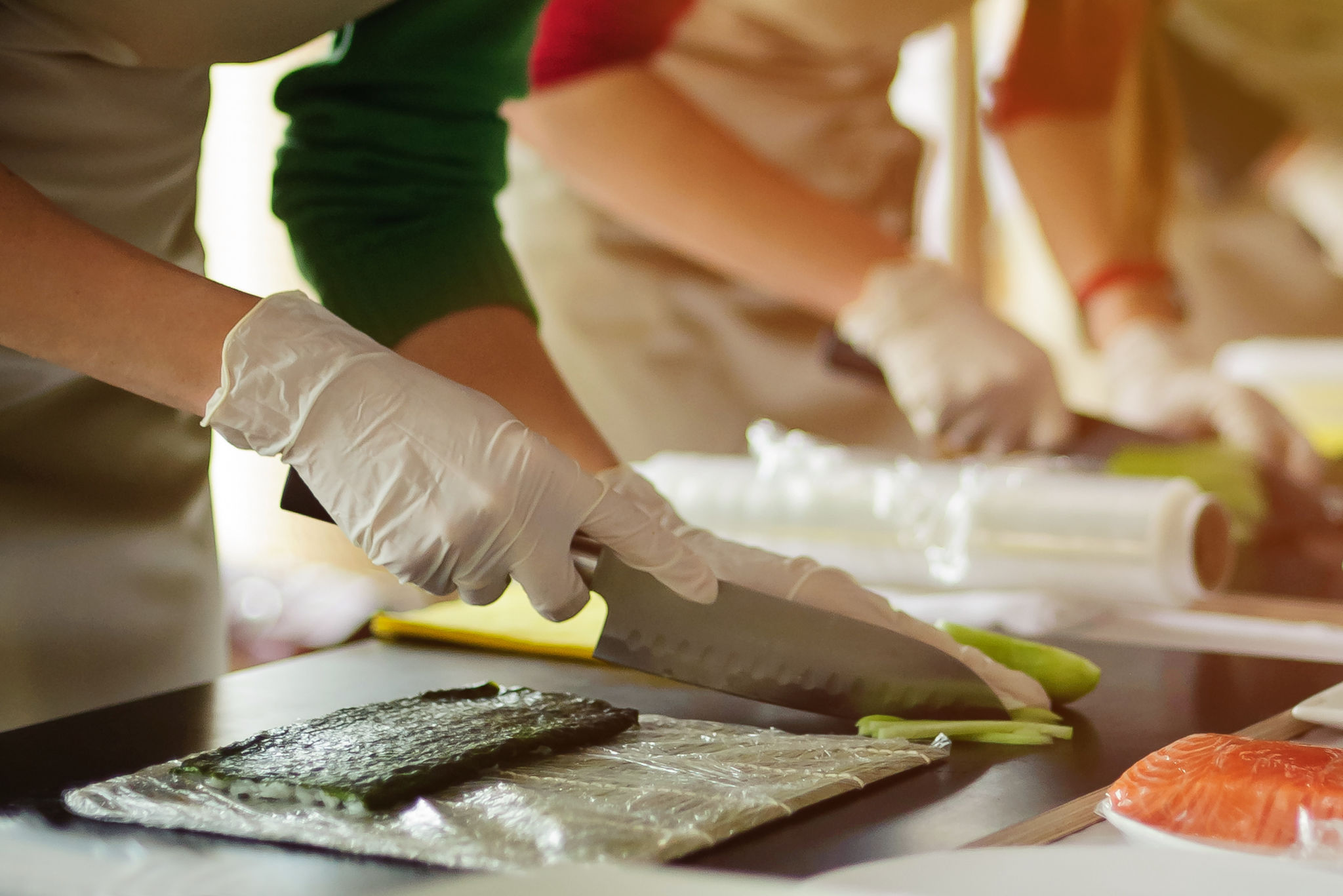Exploring Japanese Cuisine: A Culinary Break from Khmer Food
Discovering the Rich Flavors of Japanese Cuisine
Embarking on a journey through Japanese cuisine offers a delightful break from the traditional flavors of Khmer food. While Khmer dishes are known for their bold and aromatic spices, Japanese cuisine brings a different set of taste experiences to the table. From sushi to ramen, Japanese dishes are celebrated for their subtlety and presentation, focusing on fresh ingredients and umami flavors.

In contrast to the complex layers of flavors often found in Khmer dishes, Japanese cuisine emphasizes simplicity and purity. The philosophy behind Japanese cooking revolves around enhancing the natural taste of the ingredients rather than masking them with heavy sauces or spices. This approach allows diners to savor each ingredient's unique flavor profile, providing a refreshing culinary adventure.
Popular Japanese Dishes to Try
When exploring Japanese cuisine, there are several iconic dishes that are a must-try for any food enthusiast. Here is a list of popular Japanese dishes that you can enjoy:
- Sushi: A quintessential Japanese dish that features vinegared rice paired with fresh fish or vegetables. Sushi can be enjoyed in various forms, such as nigiri, sashimi, or maki rolls.
- Ramen: A comforting bowl of noodles served in a flavorful broth, often garnished with meat, eggs, and vegetables. Each region of Japan offers its unique variation of ramen.
- Tempura: Lightly battered and deep-fried seafood or vegetables, offering a crispy texture while maintaining the ingredient's natural flavor.

The Art of Presentation in Japanese Cuisine
One of the most striking aspects of Japanese cuisine is its emphasis on presentation. Each dish is carefully crafted to appeal to both the eyes and the palate. The artful arrangement of food on the plate is just as important as the flavors themselves. This attention to detail transforms a simple meal into an aesthetic experience.
Japanese chefs often draw inspiration from nature when plating their dishes, incorporating elements like seasonal garnishes and vibrant colors. This commitment to presentation enhances the dining experience, creating a sense of harmony and balance that is deeply rooted in Japanese culture.

A Healthy Alternative
Another reason to explore Japanese cuisine is its reputation for being one of the healthiest in the world. The traditional Japanese diet is rich in fish, vegetables, and rice while being low in red meat and unhealthy fats. This combination contributes to Japan’s high life expectancy and overall wellness.
Furthermore, Japanese cooking techniques such as steaming, grilling, and fermenting help preserve the nutritional content of foods. Incorporating these methods into your diet can lead to improved health benefits and a balanced lifestyle.
Where to Experience Japanese Cuisine
If you're ready to embark on your culinary journey, there are numerous ways to experience authentic Japanese cuisine. Many cities offer Japanese restaurants that provide an array of dishes to try. If you prefer cooking at home, numerous online resources offer recipes and tips for creating your own Japanese meals.
For those looking for an immersive experience, consider attending a Japanese cooking class or visiting a local market specializing in Asian ingredients. These options provide an opportunity to learn more about the ingredients and techniques that make Japanese cuisine so unique.

In conclusion, exploring Japanese cuisine offers a refreshing break from Khmer food with its emphasis on purity, presentation, and health benefits. Whether you're dining out or cooking at home, embracing these flavors can enrich your culinary repertoire and introduce you to a world of new gastronomic delights.
